Firefighting is one of the most demanding jobs in the world, and they have to be prepared to do there job in a moments notice. To do this the fire fighters must be physical fit, most departments require testing to ensure appropriate fitness and stamina. So what is it that firefighters have to do? Firefighters could be called to do any of these jobs.
Performing firefighting tasks (e.g., hose line operations, extensive crawling, lifting and carrying heavy objects, ventilating roofs or walls using power or hand tools, forcible entry, etc.) rescue operations and other emergency response actions under stressful conditions while wearing personal protective ensembles (PPE) and self-contained breathing apparatus (SCBA), including working in extremely hot or cold environments for prolonged time periods, with out warm up time.
Wearing and SCBA, which includes a demand valve type positive pressure face piece or HEPA filter masks, which requires the ability to tolerate increased respiratory workloads. Exposure to toxic fumes, irritants, particulates, biological (infectious) and nonbiological hazards and/or heated gases, despite the use of PPE including SCBA.
Wearing fire protective ensemble that is encapsulating and insulated. Wearing this clothing will result in significant fluid loss that frequently progresses to clinical dehydration and can elevate core temperature to levels exceeding 96.8 degrees Fahrenheit.
Searching, finding and rescue dragging or carrying victims ranging from newborns up to adults weighing over 200 pounds to safety despite hazardous conditions and low visibility.
Advancing water filled hose lines up to 2.5 inch in diameter from the apparatus to occupancy (approximately 200’) can involve negotiating multiple flights of stairs, ladders and other obstacles.
Climbing ladders, operating from heights, walking or crawling in the dark along narrow and uneven surfaces and operating in proximity to electrical power lines and/or other hazards.
Unpredictable emergency requirements for prolonged periods of
extreme physical exertion without benefit of warm up, scheduled rest periods, meals, access to medication(s) or hydration.
Operating fire apparatus or other vehicles in an emergency mode with emergency lights and sirens.
Critical, time sensitive, complex problem solving during physical exertion in stressful, hazardous environments (including hot, dark, tightly enclosed spaces), further aggravated by fatigue, flashing lights, sirens and other distractions.
Ability to communicate (give and comprehend verbal orders) while wearing PPE and SCBA under conditions of high background noise, poor visibility, disorientation, and drenching from hose lines and/or fixed protection systems (sprinklers).
Functioning as an integral component of a team, where sudden incapacitation of a member can result in mission failure or in risk of injury or death to civilians or other team members. In addition to general firefighting duties, members of specialized teams such as hazardous materials units, self contained underwater breathing apparatus (SCUBA) teams, Technical Rescue Teams, EMS teams, or units supporting tactical law enforcement operations can be required to perform additional tasks not normally part of the firefighters job. These tasks can require members to wear or utilize specialized PPE that can increase weight, environmental isolation, sensory deprivation and/or dehydration potential above levels experienced with standard fire suppression PPE. They also can include additional medical and/or physical requirements that are above and beyond normal firefighting skills.
Next up: Rescue
wikipedia.org
Thursday, August 9, 2007
Subscribe to:
Post Comments (Atom)


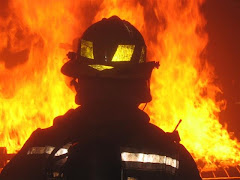
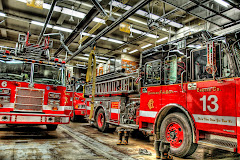



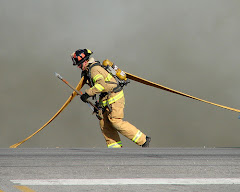
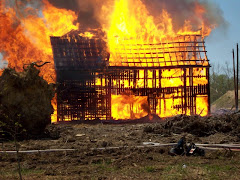
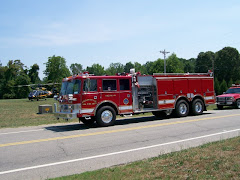
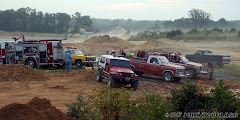

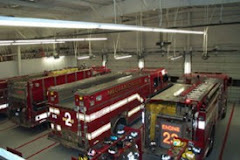
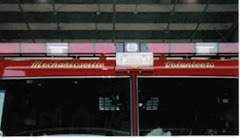

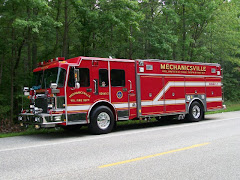
2 comments:
Love the pictures!!!
Good post.
Post a Comment